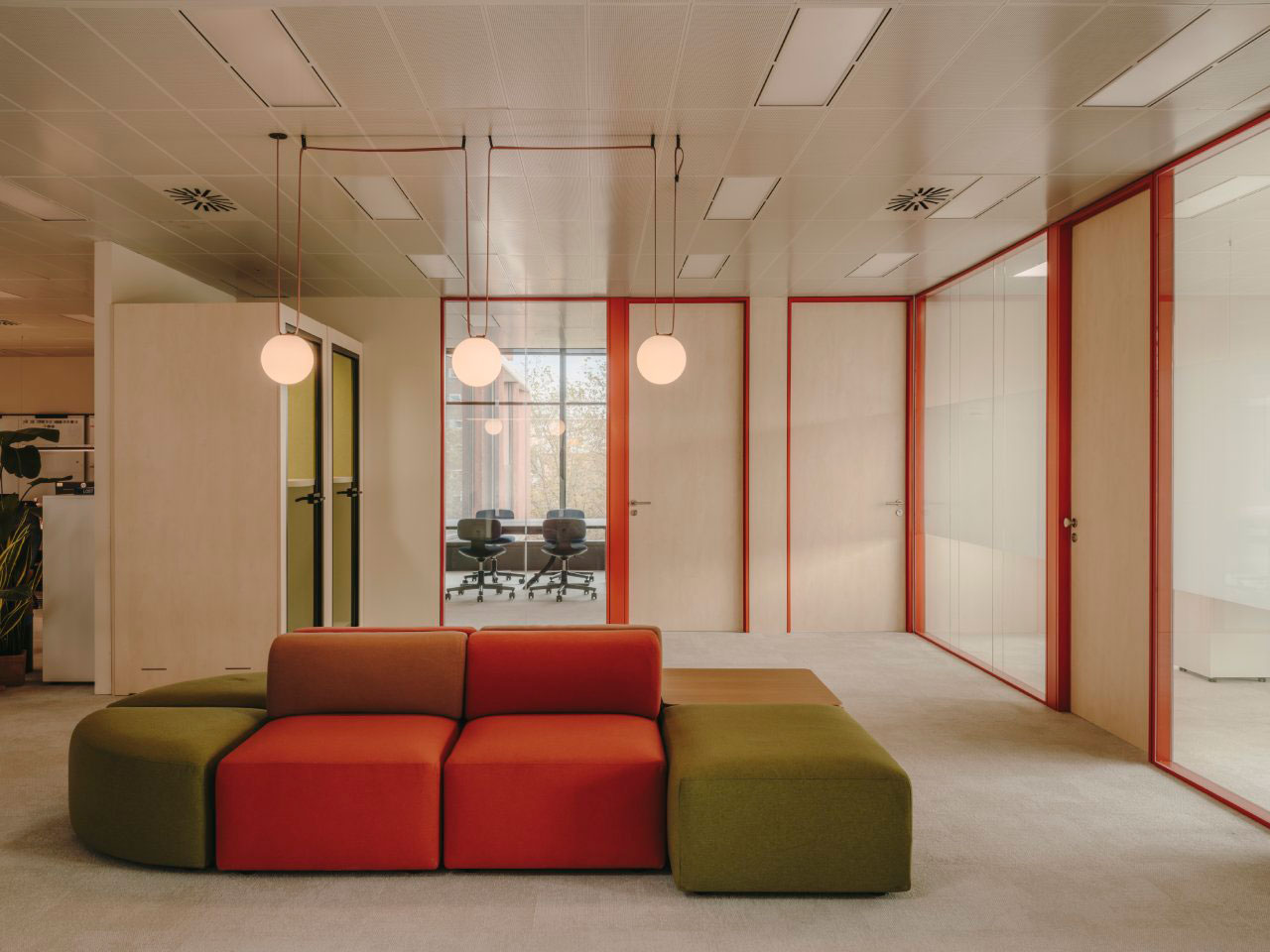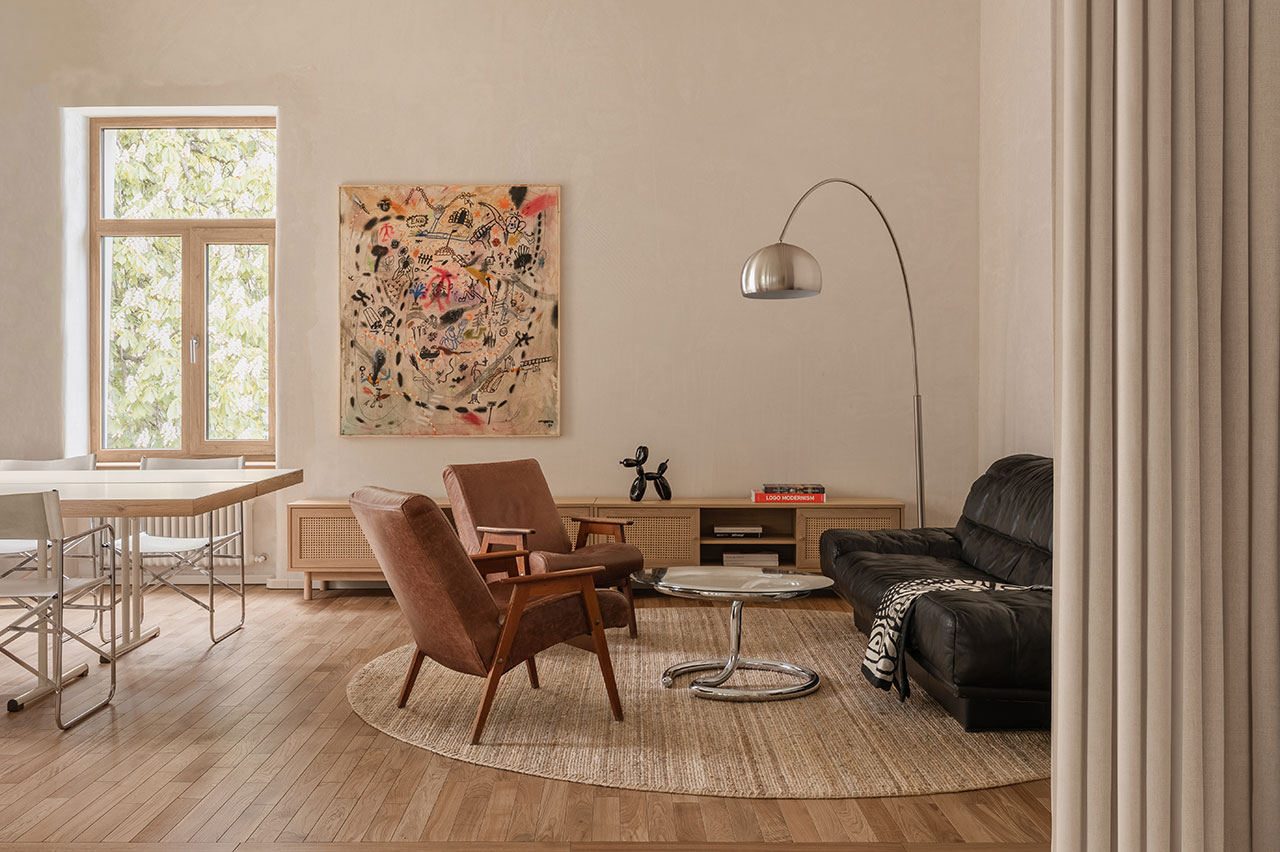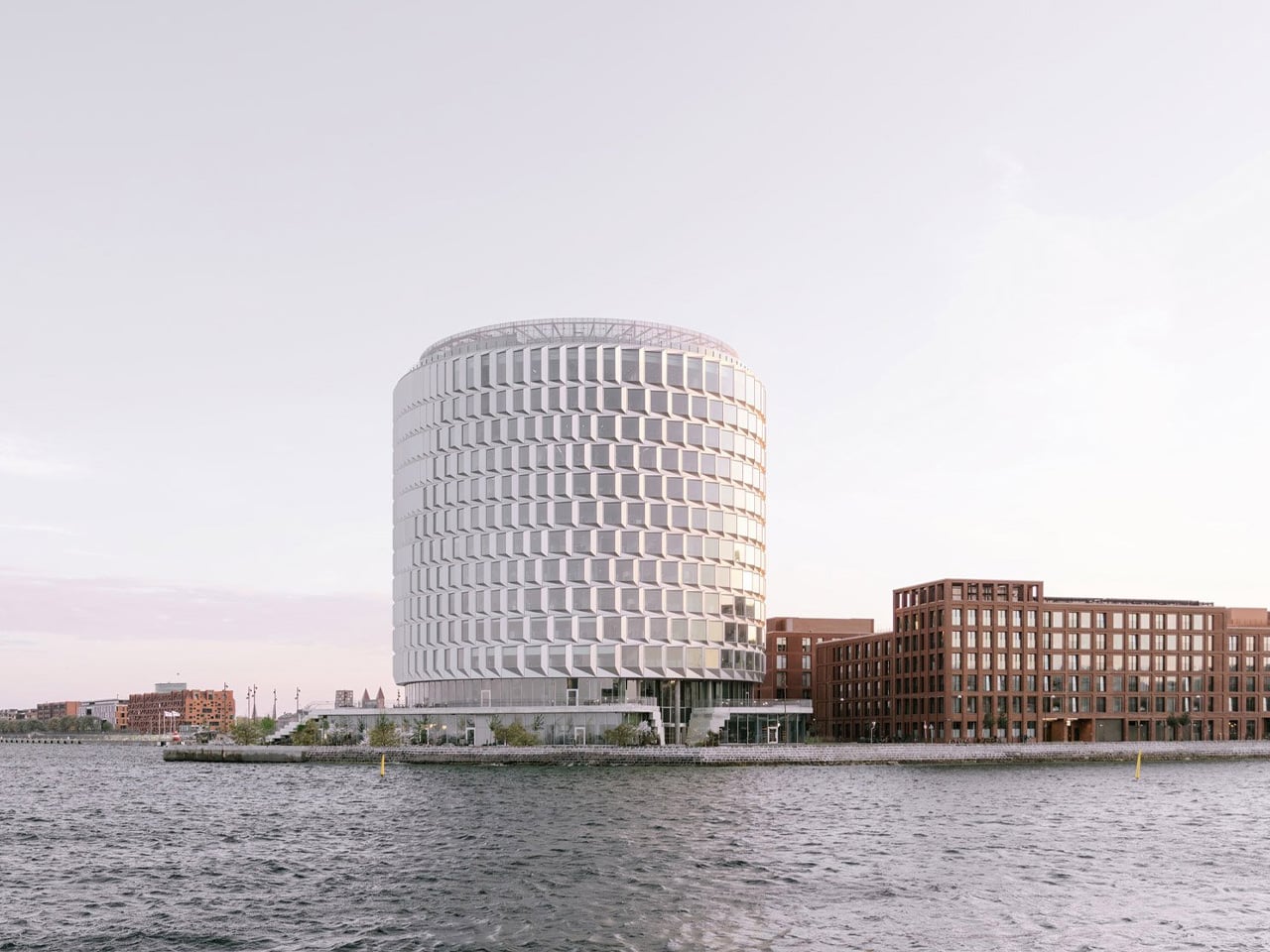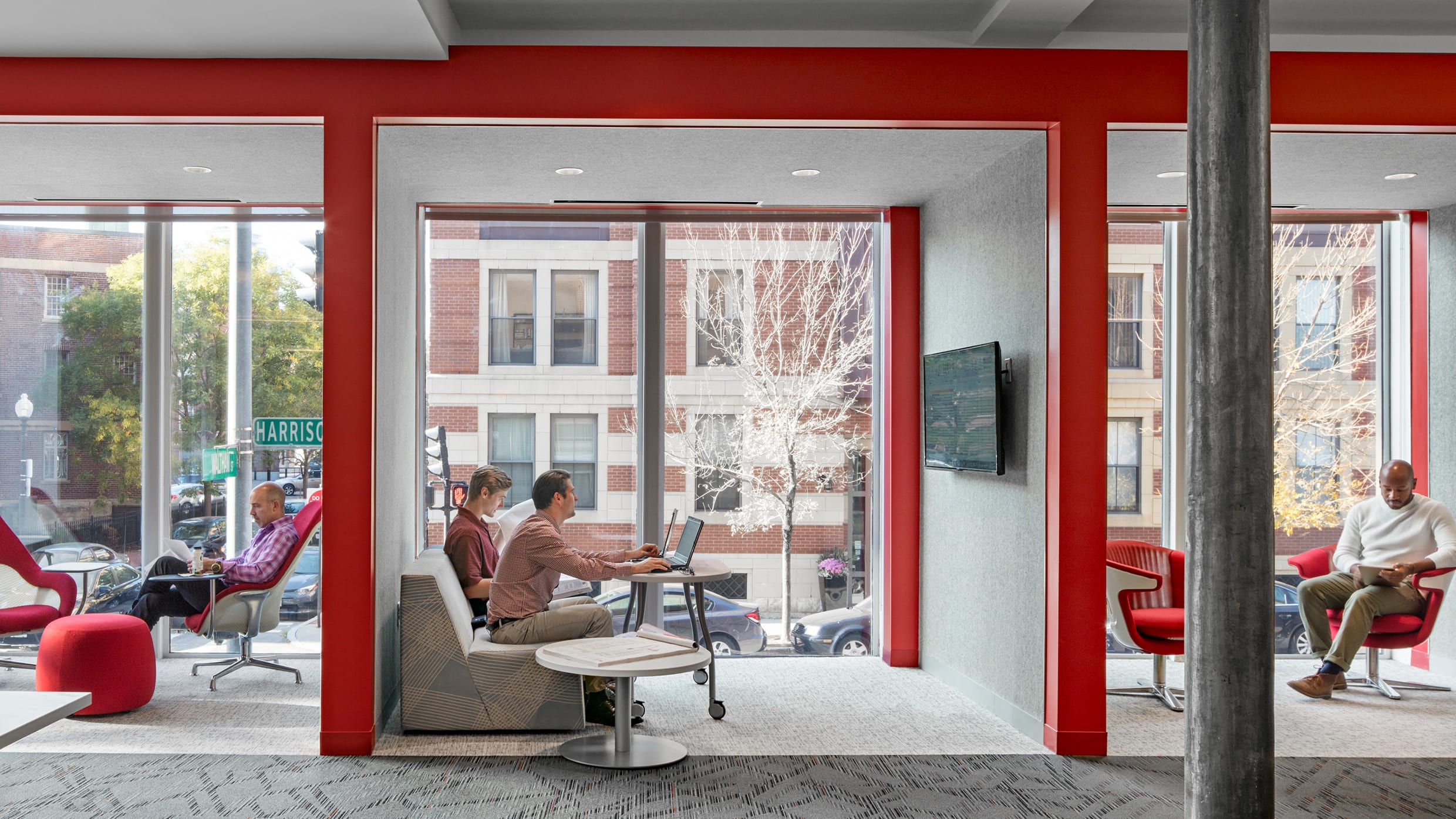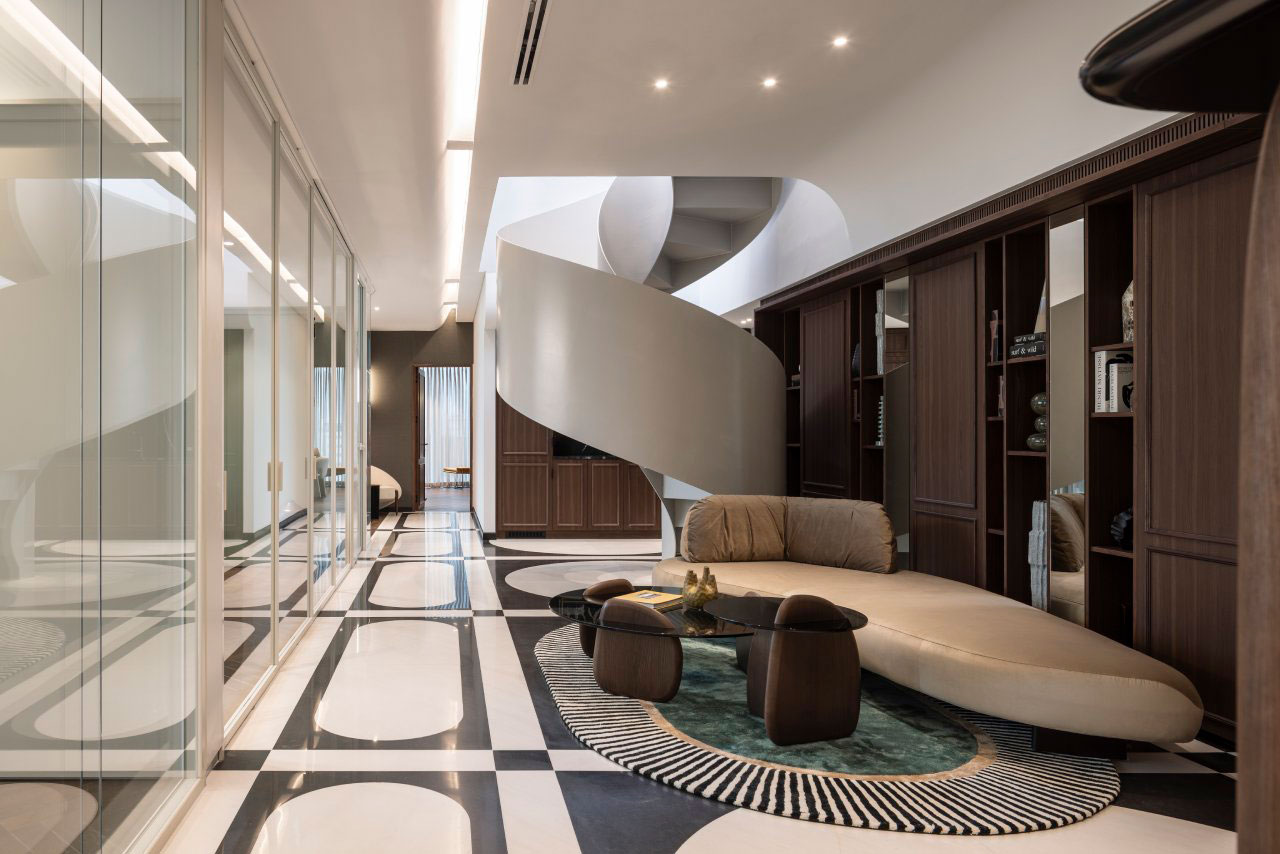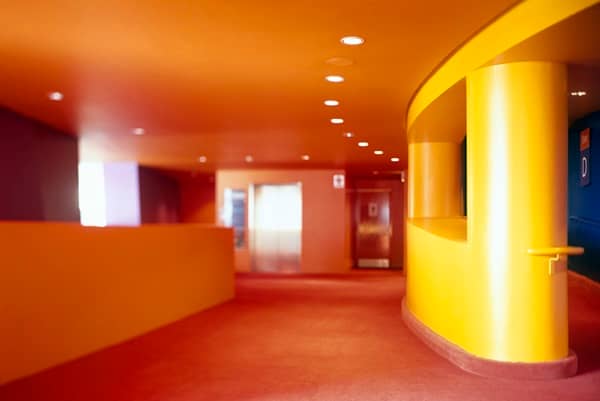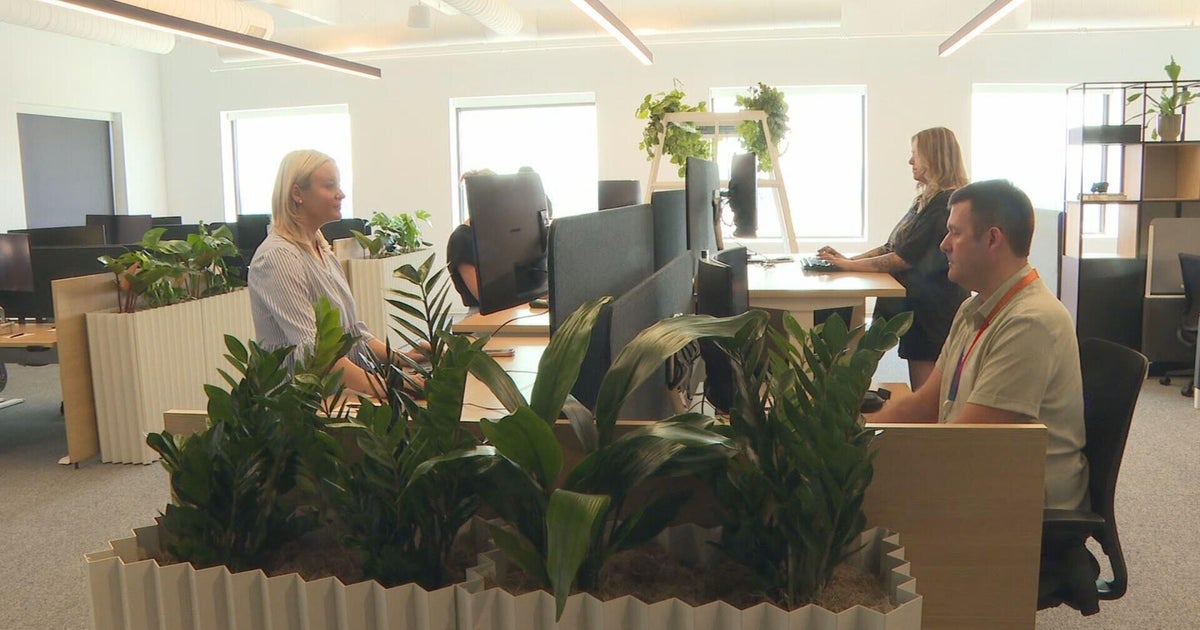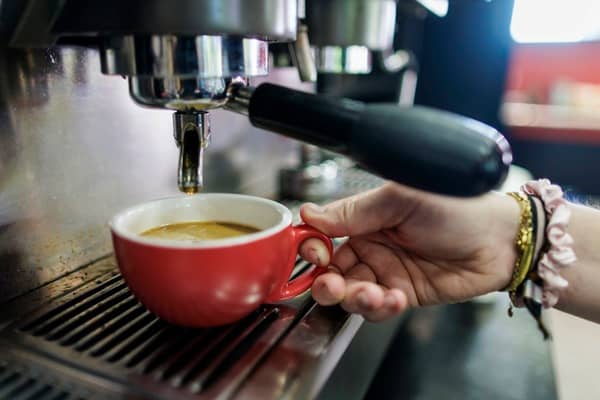#office-design
#office-design
[ follow ]
#architecture #collaboration #productivity #workplace-trends #remote-work #workplace-culture #flexible-workspace
fromFast Company
1 month agoYves Behar designed a meditation pod to help you destress at work
OpenSeed, the startup behind the Iris Pod, launched in 2018 after founder Jonathan Marcoschamer attended a 10-day silent meditation course. He wanted to keep meditating during the day, but was working in an open plan office. "I couldn't find anywhere to meditate," he says. He also wanted to help make meditation more accessible for other people. So he started work on a prototype of a pod that could sit in a larger space.
Mindfulness
fromThe Mercury News
5 months agoCharles and Ray Eames inspire an impressive San Francisco furniture show
The exhibit "Past as Prologue: The Last Decade of Furniture Design by Ray and Charles Eames (1968-1978)" focuses on office furniture designed for the white-collar workforce, emphasizing modularity and visual authority.
Design
fromInc
5 months ago3 Ways to Make Your Office Floor Plan Neurodiversity Friendly
"We need to think beyond ADA requirements. It's not a particular look - it's making sure you're designing so that everyone feels comfortable, and everyone can feel like their needs are supported and that they have a sense of belonging in that space."
UX design
Remote teams
fromHomebuilding
5 months agoDesk disputes leading to office politics at home? These shared home office ideas will ensure everyone has their own space - and retains their sanity
A well-designed shared home office can greatly enhance productivity and reduce daily frustrations between co-workers or housemates.
UX design
fromYanko Design - Modern Industrial Design News
6 months agoModular Pods brings customization and sustainability to your workspace - Yanko Design
Modular Pods by Mute enhance office productivity and creativity through adaptable designs and extensive customization.
The redefinition of workspace flexibility through modular architecture leads to improved office life and inclusivity.
fromDesign Milk
6 months agoAmika's New Brooklyn HQ Emphasizes Collaboration and Creativity
When Chelsea Riggs, CEO of Brooklyn-based haircare brand, envisioned a new workspace, she wanted it to be the antithesis of a standard business hub. It's intentionally designed to be the anti-office, a place where the boundaries between work and inspiration are fluid.
NYC startup
Graphic design
fromLondon Business News | Londonlovesbusiness.com
7 months agoEssential office design planning tips - London Business News | Londonlovesbusiness.com
Thoughtful office design can enhance employee productivity and well-being.
Functionality should be prioritized over aesthetics in office design.
Flexible office spaces are essential for adapting to changing business needs.
Well-being features should be integrated into office design for improved satisfaction.
Remote teams
fromThehustle
7 months agoYou light up my office
Remote work typically increases employee happiness and productivity, but return-to-office mandates are becoming common.
Employers are enhancing office environments with better lighting and flexible layouts to encourage return.
Financial incentives, such as raises, are more effective than amenities in convincing employees to return to the office.
[ Load more ]




